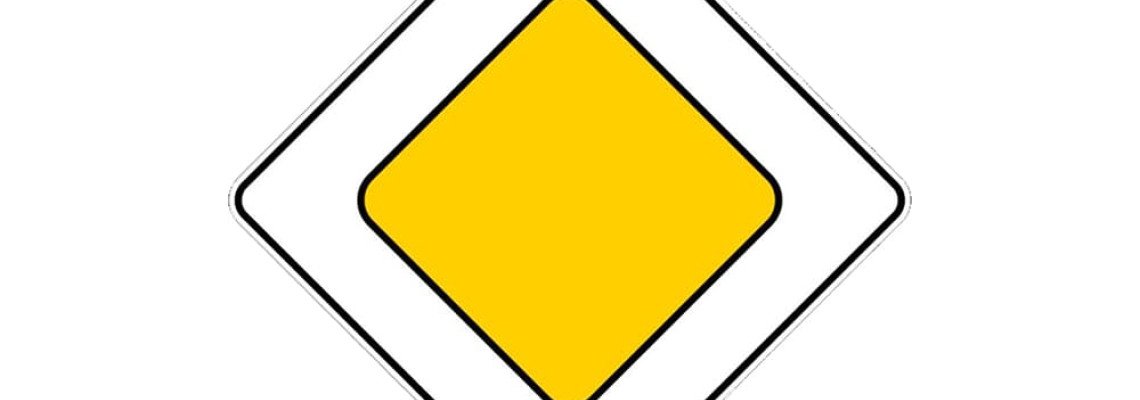01 Jan


Section 3. Priority Signs
Article 6.
General Provisions
(1) Priority signs determine the order of passage at unregulated intersections,
in unregulated crossing areas of carriageways, at railway crossings, on narrow sections of the road, and in other places where it
becomes necessary.
Article 7. Priority Signs and Their Meanings
The following priority signs and their meanings are established:
| Picture | Description |
|---|---|
 |
1) The sign 211 "Main Road" designates a road whose drivers have the right of way at unregulated intersections relative to drivers of vehicles traveling on a secondary road; |
 |
2) The sign 212 "End of Main Road" indicates the end of the main road designated by the sign 211 "Main Road"; |
 |
3) The sign 221 "Give Way" obliges the driver to give way to vehicles moving on the intersecting road, and if the sign 834 "Direction of movement with the right of way or main road" is present – on the main road, or to vehicles moving on a road granted the right of way. A sign installed on the main road also simultaneously indicates the end of the main road; |
 |
4) The sign 222 "Stop and Give Way" obliges the driver to stop before the stop line, or if it is absent – at the intersection before the edge of the intersecting carriageway, in other places – before the sign. The driver must give way to vehicles moving on the intersecting road, and if the sign 834 "Direction of movement with the right of way or main road" is present – on the main road, or to vehicles moving on a road granted the right of way. At an intersection where the sign 222 is placed before all branches, the driver must give way to the vehicle approaching or located to the right. In this case, the driver is warned by the sign 132 "Intersection of equal roads"; |
 |
5) The sign 231 "Priority Over Oncoming Traffic" obliges the driver to give way to oncoming vehicles located on a narrow section of the road or approaching it; |
 |
6) The sign 232 "Priority Over Oncoming Traffic" grants the driver the right of way on a narrow section of the road. |

Leave a Comment